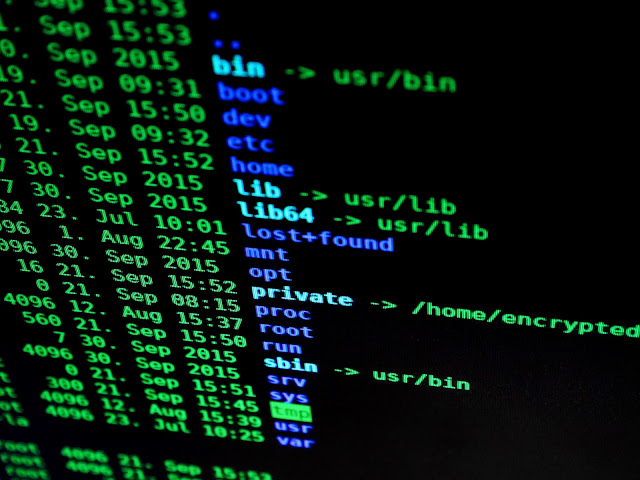The White House recently brought together U.S. telecommunications executives to discuss a cyberespionage campaign attributed to Chinese-backed hackers. The attacks have been described by experts as the "worst telecom hack in U.S. history," compromising major telecom providers and targeting national security intelligence.
According to reports, the FBI said several breaches had occurred at telecommunications companies where attackers made off with sensitive data including call records and communications that the hackers could access due to government-mandated backdoors. The intrusion, according to reports, was done by a group code-named Salt Typhoon that has connections to China's Ministry of State Security. It is said to have engaged in espionage activities against officials from U.S. presidential campaigns.
The key telecom providers like AT&T, Verizon, and Lumen have been listed as victims of this cyberattack. Recently, T-Mobile has also revealed that its networks have been breached, though it claimed no customer data was compromised. The hackers did not only target U.S. companies but also stretched their reach to allied nations whose identities remain undisclosed.
Senator Mark Warner, chair of the Senate Intelligence Committee, called these attacks some of the most serious he's seen. He reported that the FBI had informed fewer than 150 people - mostly in Washington - whose communications were compromised. Some telecom companies are still working to get the attackers out of their networks, showing just how persistent these intrusions are.
Techniques and Long-Term Goals
Salt Typhoon uses advanced tactics to infiltrate systems and maintain long-term access. They include vulnerability exploitation in common devices like Cisco routers and Microsoft Exchange servers. Researchers also found that this group uses legitimate tools to carry out their malicious activities, hence making it challenging to be detected.
Since at least 2020, this group has targeted not only the U.S. but also nations such as Brazil, India, and Taiwan. Their primary focus remains on gathering intelligence from telecommunications networks, government systems, and military organizations.
To mitigate such attacks, the FBI and CISA have been offering technical support to victims. U.S. Cyber Command has amplified operations aimed at disrupting the ability of Chinese cyber actors globally and, consequently, reducing the incidence and impact of such attacks.
This has also raised fears about broader objectives, including possible disruption of Western infrastructure in case tensions over Taiwan or any other issue are to rise further. According to FBI Director Christopher Wray, "China's hacking capabilities are larger than those of any other nation and present a significant challenge to our nation's cybersecurity defenses.".
In response to the growing threats, the Senate has scheduled a classified briefing in December to discuss further measures. The meeting underlines the urgent need to strengthen cybersecurity across critical sectors.














